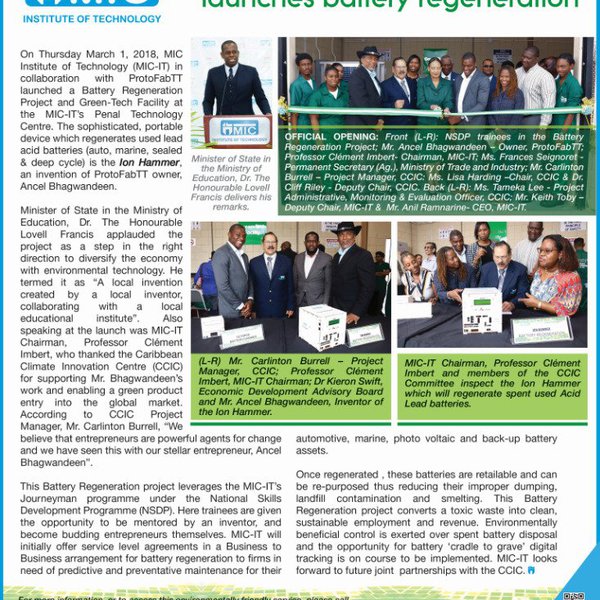Hi all:
In case you're DIY inclined, here's a project that has some value. I was able to recover a 12V, 100AH photovoltaic Caterpillar battery (sitting @ 3V for many years) based on it. It is wholly my design which I am open sourcing.
In case you're DIY inclined, here's a project that has some value. I was able to recover a 12V, 100AH photovoltaic Caterpillar battery (sitting @ 3V for many years) based on it. It is wholly my design which I am open sourcing.


Comment